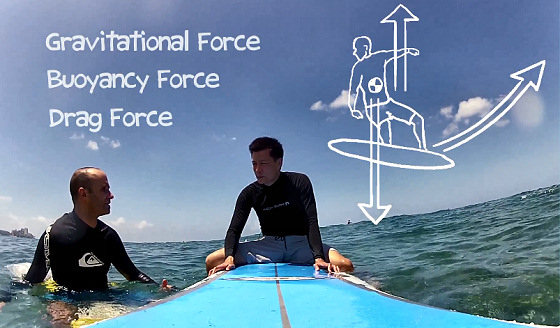"Piled Higher and Deeper", the webcomic strip also known as PhD Comics, has dedicated an episode to the science behind waves and surfing in Waikiki Beach, Hawaii.
"Physics, Cartoonists, and Surfing, Oh My" is a simple, rich, and entertaining video lesson about the physics of surfing. Where do waves come from? What are the physics involved in the act of surfing?
They are PhD Comics, and they always want to know why, so Jorge Cham invited Assaf Azouri, a Ph.D. student at the University of Hawaii at Manoa, to explain how and why we ride waves on the surface of the oceans.
Assaf studies physical oceanography, which refers to the movements of currents.
He is especially interested in seiche, a standing wave in an enclosed or partially enclosed body of water that can cause damage in harbors, for example.
In eight minutes, we learn that longer waves travel faster than shorter waves and that the Navier-Stokes equations explain the motion of fluid substances and, therefore, waves.
The gravitational force, buoyancy force and drag force (friction) are the main variables at stake, when you paddle for a surfing wave.
To catch a wave, you have to move at the speed of it, so you have to paddle in order to reach the same speed of the wave. It's a balance between forces that makes surfing.
